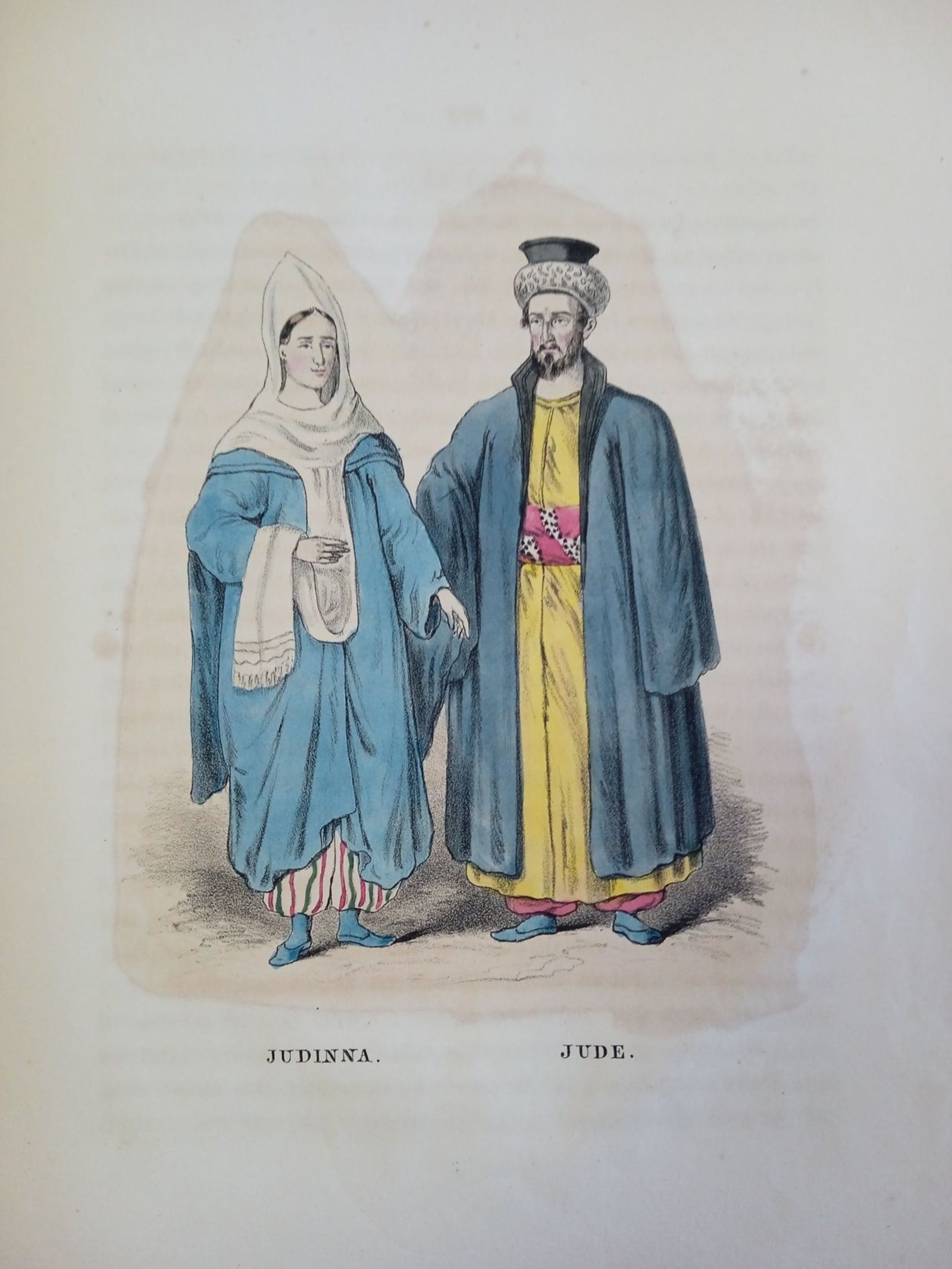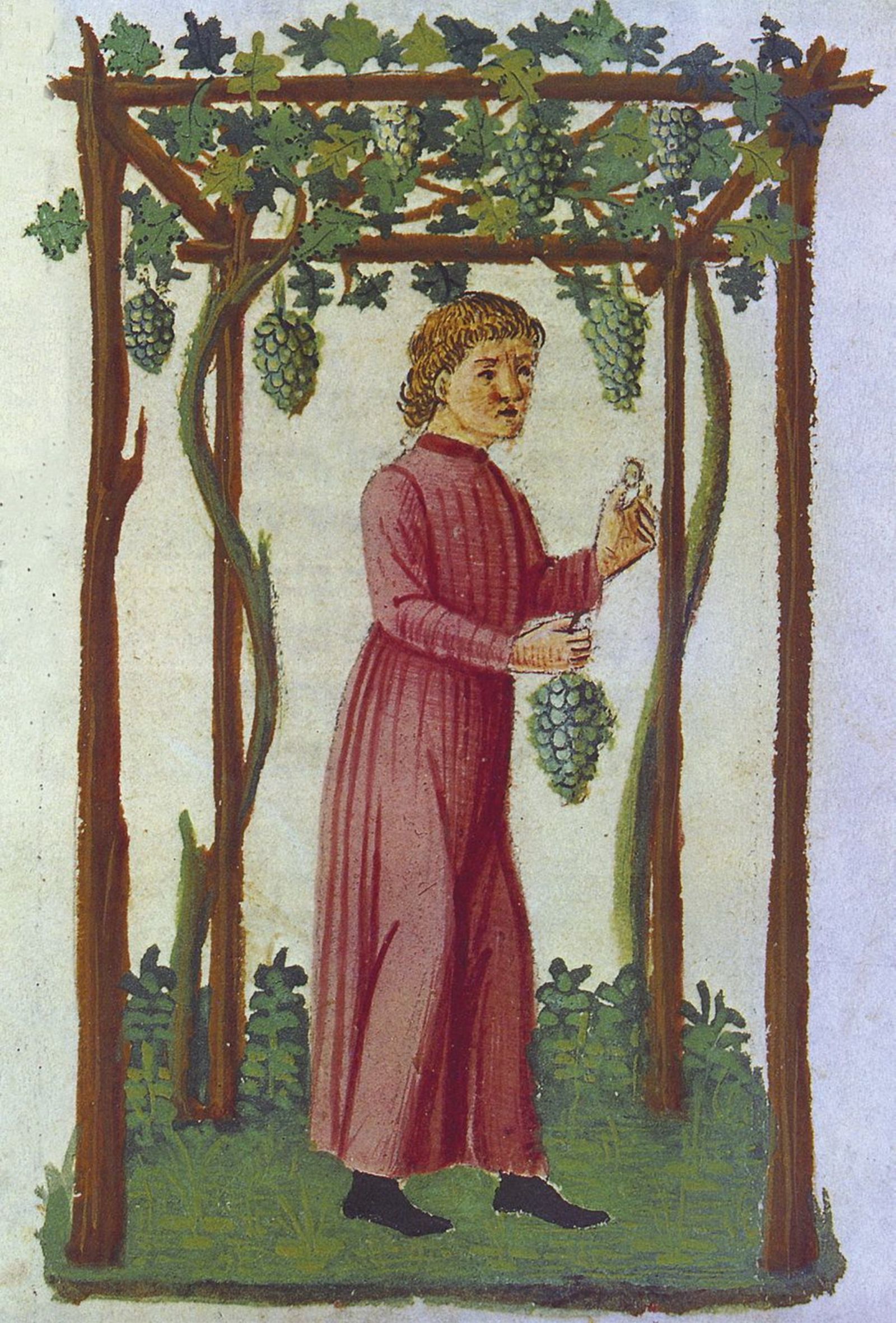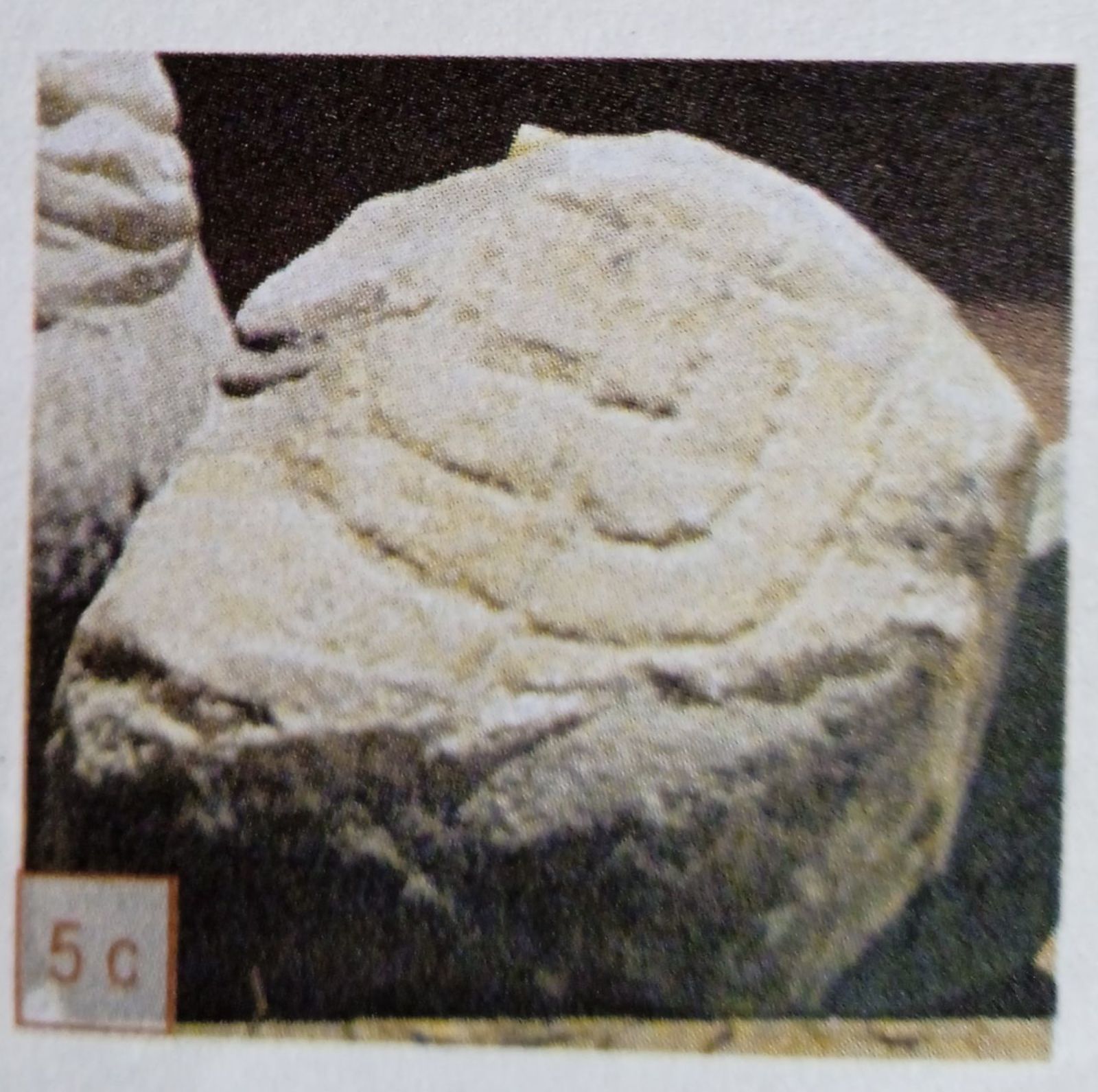The Jewish community in Bulgaria
The National Archaeological Institute and Museum of the Bulgarian Academy of Sciences presents in this exhibition the earliest image of the menorah from Bulgarian lands – a Jewish seven-branched candelabra from the ancient Roman city of Ulpia Oescus, not far from the village of Gigen in Pleven province. In addition to the image of the menorah, the three sides of the 12x15cm block bear symbols and an inscription deciphered by Zlatka Morfova. According to her, this is the only inscription in Greek found at Oescus.

A Jewish seven-branched candelabra depicted on a marble block (12x15cm) from the 2nd-3rd century, discovered in the 1930s during excavations at the ancient Roman city of Ulpia Oescus, not far from Gigen in Pleven province. A stone plinth was also discovered at Oescus with an inscription that reads: “Josephus arch-synagogus and chief son of Maximinus of Pannonia raised this in his lifetime in memory of himself and his wife Quirinia.” The inscription was deciphered by Prof. Gavril Katsarov. According to his conjecture, a Jewish community led by arch-synagogus Josephus existed on the territory of Oescus.
The most important symbols relating to Jewish tradition, culture and identity are the seven-branched candelabra and the six-pointed star. These symbols dating from different eras can be found in Bulgarian lands.
The gold candelabra (menorah) was one of the principle ritual objects in King Solomon’s Temple in Jerusalem and became a symbol of Jewish national heritage and tradition. Images of the menorah are extremely diverse and can be found wherever there has been a Jewish presence.
“Jews in the Balkans derive their designation from the time they came to these places. They adopted characteristics from Balkan communities, but also retained those that set them apart from them. Depending on the time of their settlement, three groups formed: Romaniots (from the time of Hellas and Byzantium), Sephardim (following the expulsion from Spain between 1492 and the middle of the 16th century) and Ashkenazy (after the 11th century). A typical characteristic of Balkan Jews, most of whom are Sephardic, is their use of Jewish-Spanish speech.” Solomon Israel, 1971
“Long before Vespasian’s campaign, Jews had already settled permanently in Alexandria, Libya, Cyprus, Persia, Mesopotamia, Macedonia and even in Rome, where most inhabited the districts beyond the Tiber as well as some around the Via Appia, where there are still Jewish catacombs, older than Christian ones …” Saul Mezan, ‘The Spanish Jews in Bulgaria’

A Roman Jew in his vineyard. Italian miniature. 1470. National Museum of Israel.
“During grape harvest season, the Jew squeezes the juice of the grapes through a linen cloth. Thus, according to Jewish ritual, he separates out the purest wine and keeps it for himself. The rest he sells to Christians.” From a letter by Pope Innocent III to the Count of Nevers Hervé IV de Donzi. 12 January 1208
“The Jews, who are all over Turkey (Ottoman Empire), can usually speak four or five languages, and many of them know ten or twelve. Those who branched out from Spain, Germany, Hungary and Bosnia taught their children the language of the people where they lived as well as having to speak Greek, Sclavonian, Turkish, Arabic, Armenian and Italian.” Pierre Bellon (1547-),’On his Journey through the Balkan Peninsula’, 1553.


